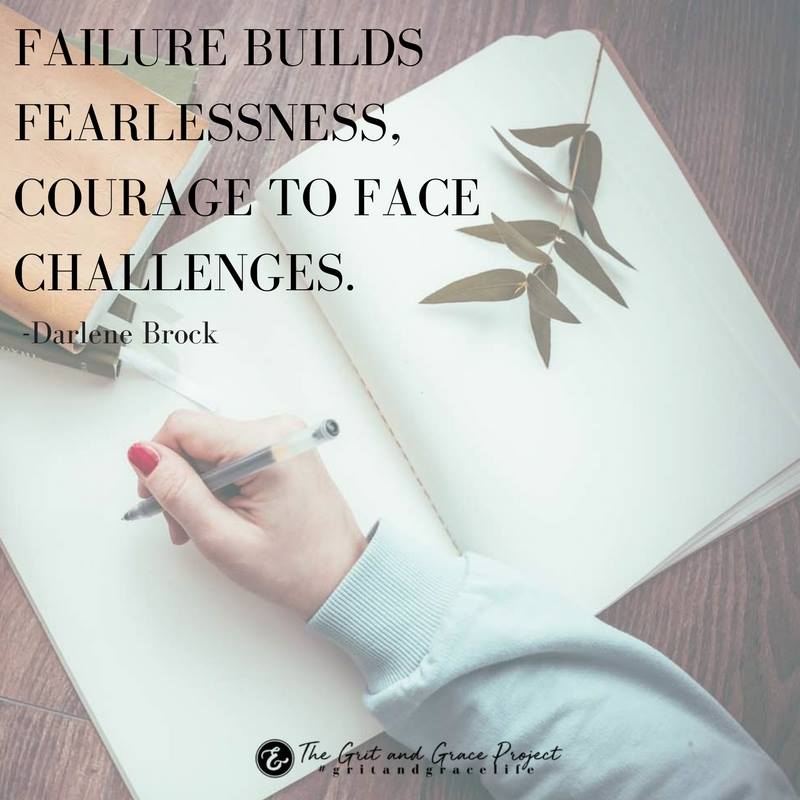7 Female Inventors Who Solved Life Problems
/
Every year, the month of March brings a celebration of women’s history. But I think it’s a disservice when we highlight female innovations only one month of the year. Since delving into human history is an exercise that I love, I delight in what women have accomplished! Yet searching what women have achieved, one often finds the most current writing focuses on a single note in the rich melody of women’s achievements—the strides made by women in advancing equality.
Ladies, we have done so much more than that! It’s not a single note; instead, it’s a whole orchestral arrangement. What I also love is that not only is exploring our gender’s achievements much more than a reflection on how far women have come, but it is also rich in accomplishment that is in no way predictable, especially in female inventors.
These female inventors deserve to be celebrated for what they created!
The Woman Who Invented the Bulletproof Vest
If you’re a watcher of television crime drama, you’ve seen the tense setup before officers enter a building, potentially facing trouble. They often pop the trunk of their police car to grab an additional weapon along with their bulletproof vest. In light of the danger ahead, this item seems like an essential addition to their wardrobe. But before 1966, those vests weren’t available. That is until DuPont chemist Stephanie Kwolek accidentally invented Kevlar while trying to perfect a more lightweight fiber for car tires. Who knew this high-tensile metal, five times stronger than steel, was the brainchild of a woman and could deflect bullets? I wonder if she ever got that tire fiber worked out, too…
The Woman Who Invented Windshield Wipers
Speaking of cars, what car driver does not appreciate their windshield wipers on a rainy or snowy day? It was on a trip to New York City in 1903 that Mary Anderson decided something needed to change when experiencing a delay in her travel across the city. In the backseat of a cab, as the snowstorm descended, Mary encountered multiple pauses. When the snow got too thick on the front windshield, the cab driver would pull the cab over, jump out, and scrape the glass clean, only to drive a few blocks and do it again.
Returning to her home in Birmingham, Alabama, Mary sketched her concept, wrote a comprehensive description of her idea, and then applied for a patent. That one act led to the creation of the first automatic windshield wiper controlled from inside the car, nevermore to face the elements. I don’t know if she traveled back to New York to see her invention in action, but I’m quite sure the cabbies would have given this pioneering lady free cab fare for the rest of her life if she had.
The Woman Who Invented Scotchgard
There is nothing more irritating than a stain to call a woman to action. In 1952, 3M chemist Patsy Sherman was stumped when some fluorochemical rubber spilled on a lab assistant’s shoe, and they couldn’t get it out. I bet money the men in the room didn’t have the same drive as Patsy did to do something about it. But this lady, along with co-inventor Samuel Smith, came up with a solution. Scotchgard! This chemical repelled water, oil, and other liquids without changing the color of the fabric. There isn’t a mom in America that has not benefited from this wonderful invention when their three-year-old decided to add artwork to the family sofa.
Not only is exploring our gender’s achievements much more than a reflection on how far women have come, but it is also rich in accomplishment that is in no way predictable.
The Woman Who Invented the Circular Saw
Creating building materials in the early 1800s was a daunting task that required hard labor and repetitive motion. To have the lumber needed for any structure required two men cutting logs into usable pieces. The tool was called a pit saw: the kind where each man grabbed the handle on either side of the long blade and worked it back and forth to cut logs into the appropriate lengths.
It was a weaver, Tabitha Babbit, that came up with the solution: the invention of the circular saw. Making a prototype that she attached to her spinning wheel in 1813, Babbit turned a two-man job into one that could be completed alone. As a member of the Shaker community, which is derived from the description of a shaking Quaker (you can look that one up), acquiring a patent was not something they believed in doing. But they did take full advantage of this weaver’s work.
The Woman Who Invented the Pedal Trash Can (and More!)
Lillian Gilbreth could become my new favorite hero! This lady tweaked and designed dozens of inventions that made life better. She invented shelves inside refrigerator doors (including the egg keeper and butter tray), and made vast improvements on electric can openers, as well as creating wall light switches.
But the one invention I am most thrilled with is the pedal trash can! Something you should know is she did all of this as a mother of 12. (This is why needing to open a trash can with your foot became an amazingly important reality to this mom.) Oh, and another significant fact is her family was the inspiration for the book Cheaper by the Dozen, written by two of her brood of 12. (Disclosure: This post may contain affiliate links. Meaning at no additional cost to you, Grit and Grace Life may earn a small commission.)
The Woman Who Invented Caller ID
Who doesn’t love Caller ID? Knowing who you’re going to be speaking to before you even pick up the phone—what’s not to like? Theoretical physicist Dr. Shirley Ann Jackson did the research that led to this can’t-live-without feature on every one of our phones. She is also the first African-American woman to gain a Ph.D. from the Massachusetts Institute of Technology. Thanks, Shirley—I have successfully avoided more telemarketers than I can count.
The Woman Who Invented the Airplane Muffler
Finally, it’s Eldorado Jones who, in 1923, patented the airplane muffler. Known as “Iron Woman,” she started her factory in Moline, Illinois, with an entire workforce of women. Ironically, while non-stop puffing her cigarettes, she directed the mechanics on attaching the muffler to the airplane and then began the testing process at Roosevelt Field. The plane sped out of the hangar and along the runway. Even though, according to news reports, she blew out a lot of fumes, the airplane did not.
Ladies, we should be proud of all the inventions that have come from our gender. It should inspire us, encourage us, and reinforce the fact that you cannot pigeonhole women. Weavers can invent circular saws, moms of 12 can invent pedal-footed trashcans, chemists can repel stains, and cigarette smokers can control exhaust! Next time you are faced with something you know can be done better, give it a little more brain time. Break out your creative juices, and start drawing, building, or rigging. You may be the next patent holder destined to make someone else’s life better.
Stories of women past should inspire us, encourage us, and reinforce the fact that you cannot pigeon-hole women.



























